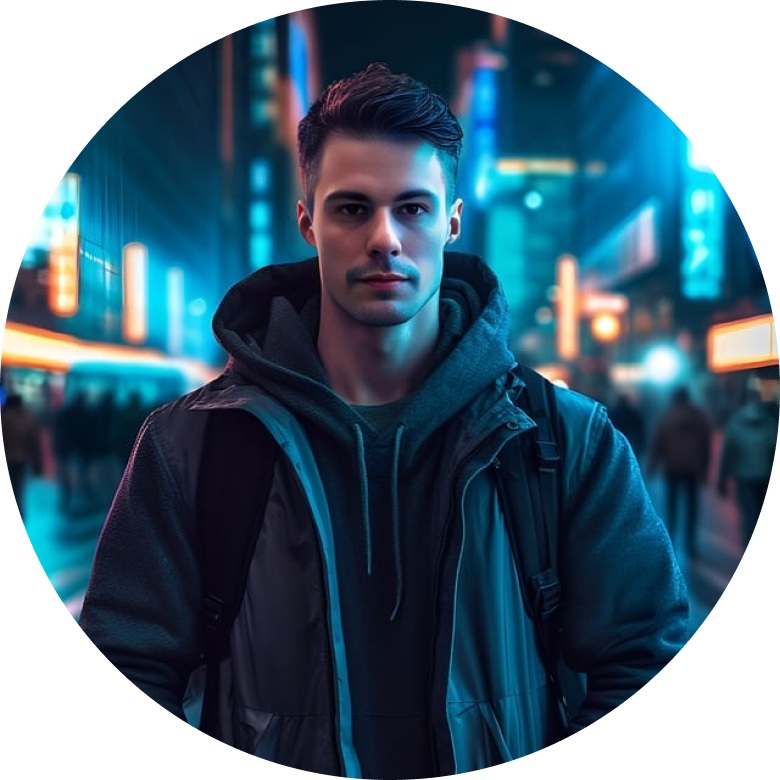Ecommerce owners compete by providing high-quality product images. This helps build their brand value and increase sales. They focus on ecommerce fashion photography and pay attention to the whole process, including setting up the camera, lighting, and editing the photos.
In this article, we'll guide you on lighting setup for clothing photography and teach you techniques to improve your photos.
In this article
Why Is Lighting Best for Clothing Photography?
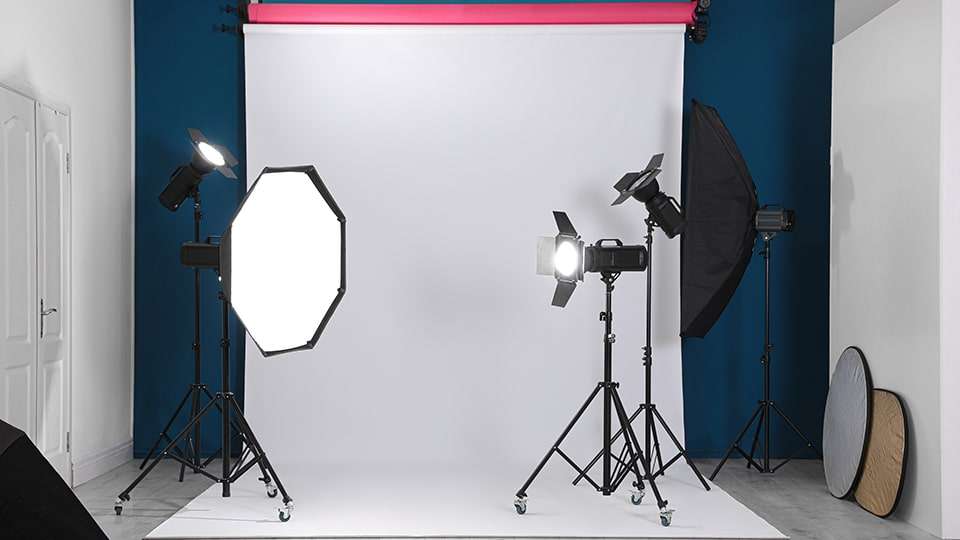
Photos play a crucial role in the world of clothing retail. To increase your conversion rate, it's essential to ensure your products look attractive and capture the attention of potential buyers. The right lighting setup for clothing photography not only helps create the desired mood, atmosphere, and style in your images, but also adds depth and intensity, making your pictures appear more professional.
Even with excellent services like fast home delivery and fair exchange policies, your online clothing store may suffer significant losses if your products fail to appeal to buyers. This is where a well-executed clothing photography lighting setup comes in handy.
Good and proper lighting enhances the appearance of clothing, making it more shareable and, ultimately, sellable. Above all, it's the product details that attract buyers. These can only be effectively showcased when the lighting setup for apparel photography is done accurately. After all, no shopper will be enticed to buy a product that lacks a unique and visually appealing presentation.
Assessing Lighting Needs for Clothing Photography
To ensure your clothing photography has the best lighting, you should think about a few important things:
- Decide on the mood and style you want for your clothing pictures.
Think about the overall feeling and look you want to achieve in your photos. This will help you choose the right lighting techniques and setups.
- Examine the material and texture of the clothes to know what lighting they need.
Different fabrics and textures react to light in different ways. Look at how the clothes reflect light, if they are see-through, or if they have any special details. This will help you determine the type and strength of lighting that will make the clothes look their best.
- Think about whether you'll take pictures inside or outside.
You'll need to adjust your lighting setup depending on where you're taking the photos. Inside, you can use artificial lights like studio lights or flashes. Outside, you can use natural light. Both options have advantages and things to consider, so pick the setup that fits your vision and makes the clothes look great.
What Are Some Common Lighting Accessories and Tools
Different tools can help you get the desired results when it comes to lighting in fashion photography. Here are some commonly used ones:
- Light stands, booms, and clamps for keeping the lights in place.
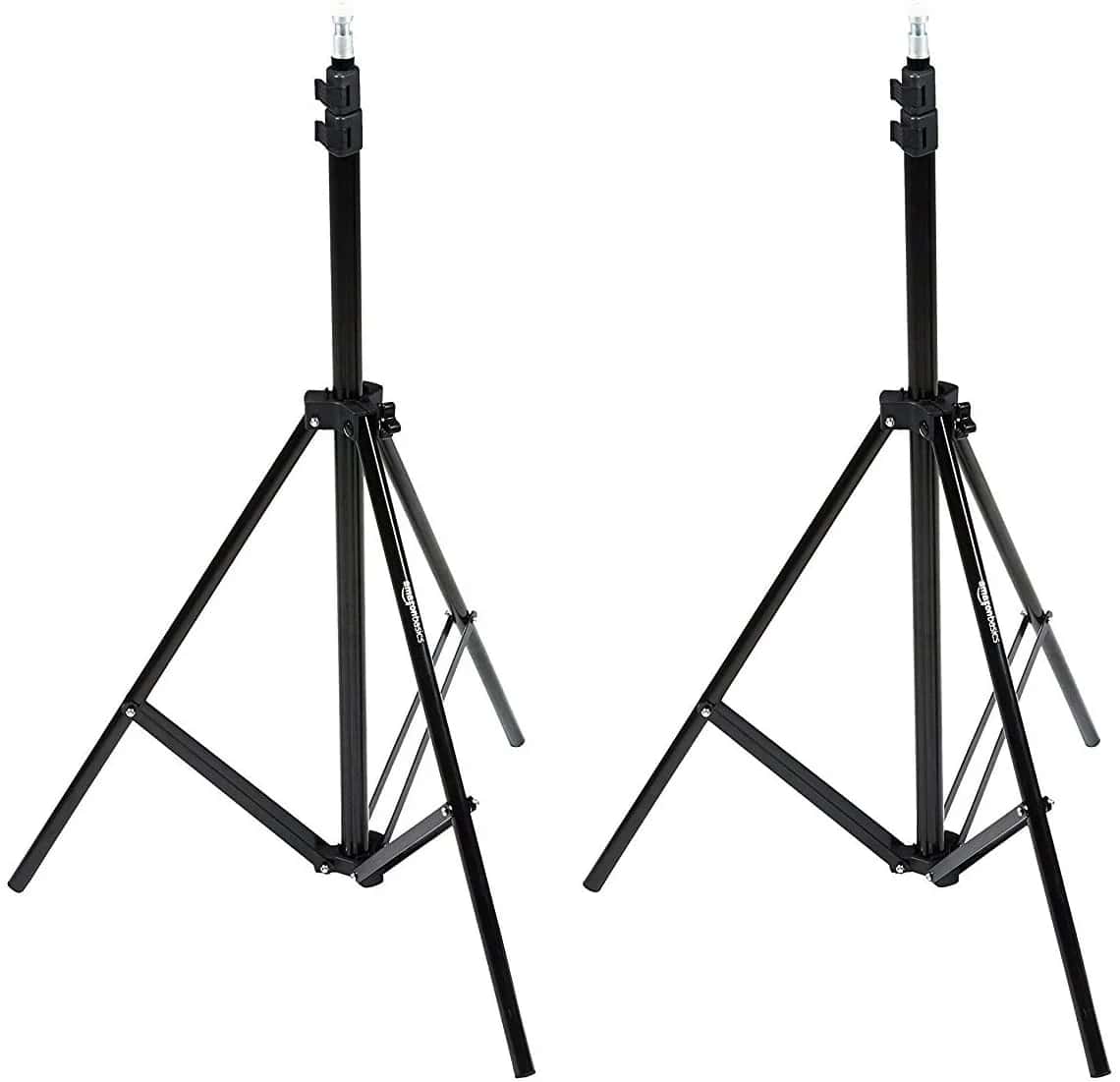
These tools help you securely position your lights where you want them. Light stands to ensure they stay steady, while booms and clamps let you extend and adjust the lights as needed.
- Light meters for measuring the light accurately.
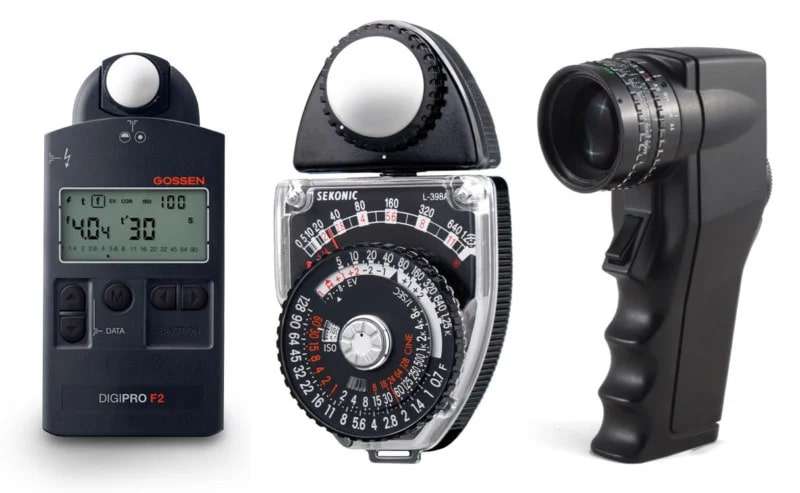
Light meters help you measure how bright the light is in a scene. This helps you ensure your photos are properly exposed and avoid areas that are too bright or too dark.
- Color temperature meters and color correction tools for getting the colors right.

Color temperature meters measure the color of the light source. This is useful when you want consistent colors in different lighting situations. Color correction tools, like gels or filters, can change the color of the light to get the look you want in your pictures.
Using these lighting tools and accessories gives you more control over the lighting and helps you improve the quality of your photos.
Different Types of Lighting Setup for Different Clothing Types and Styles
In clothing photography, there are different ways to use lighting to make different types of clothes and styles look better. Here are some common ones:
1. Natural Lighting Techniques
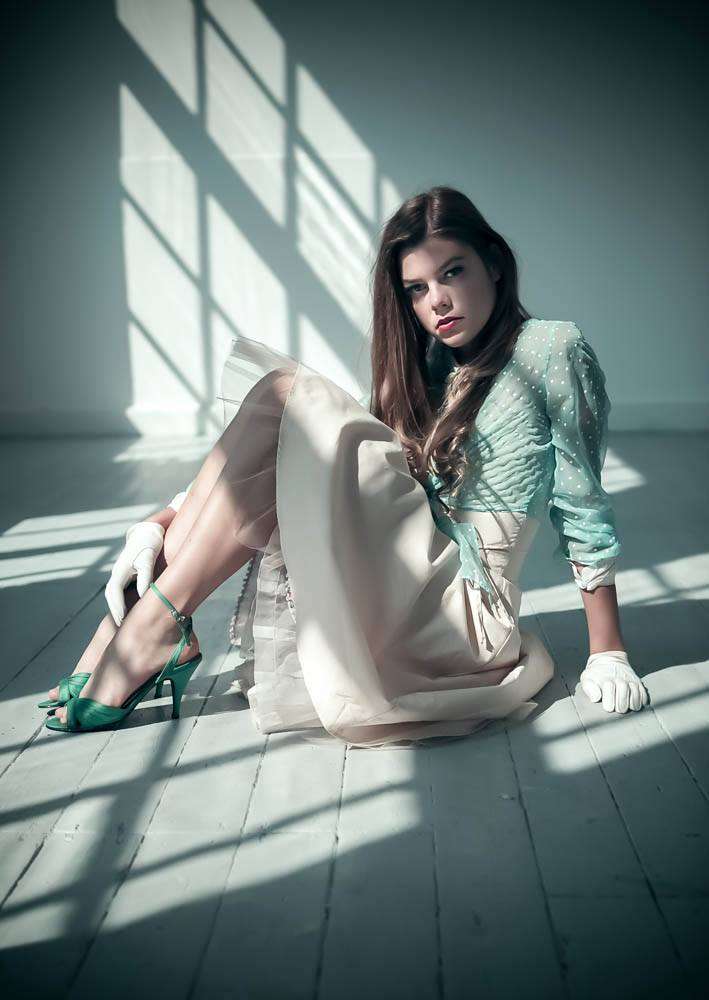
Natural light from windows or shooting outside can give a soft and nice look. It works well for showing the details and textures of different clothes. Natural lighting is great for showing casual wear and fashion in outdoor settings.
2. Continuous Lighting Setup
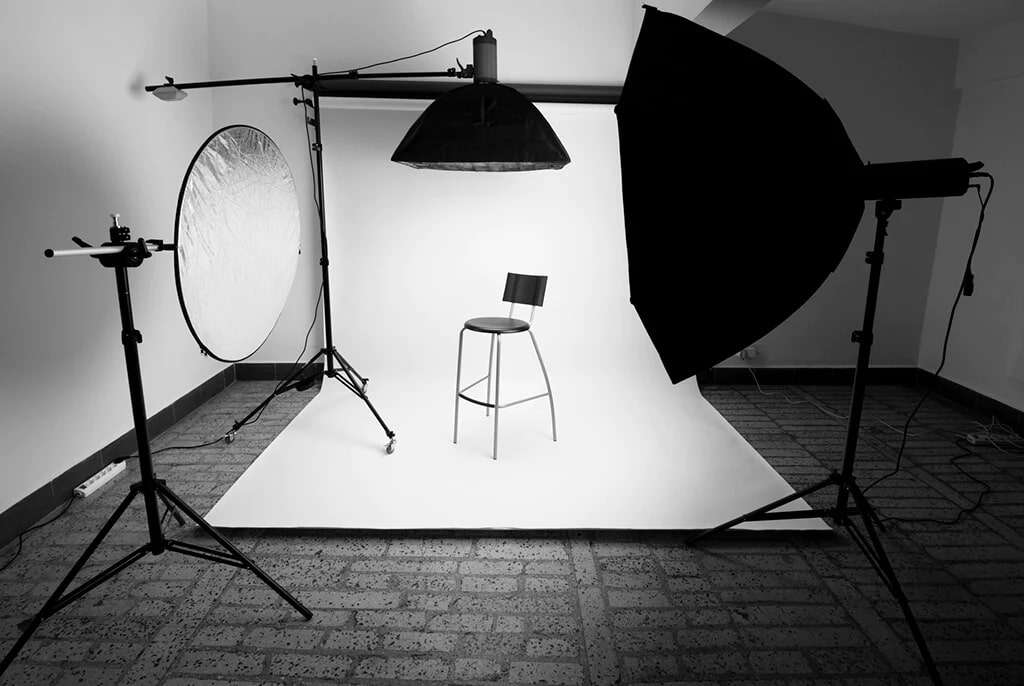
Continuous lighting means using lights that stay on all the time, like LED panels or light boxes. This setup gives consistent light and lets you see how it looks immediately. It's good for capturing formal and casual wear because you can precisely control the lighting.
3. Strobe Lighting Setup
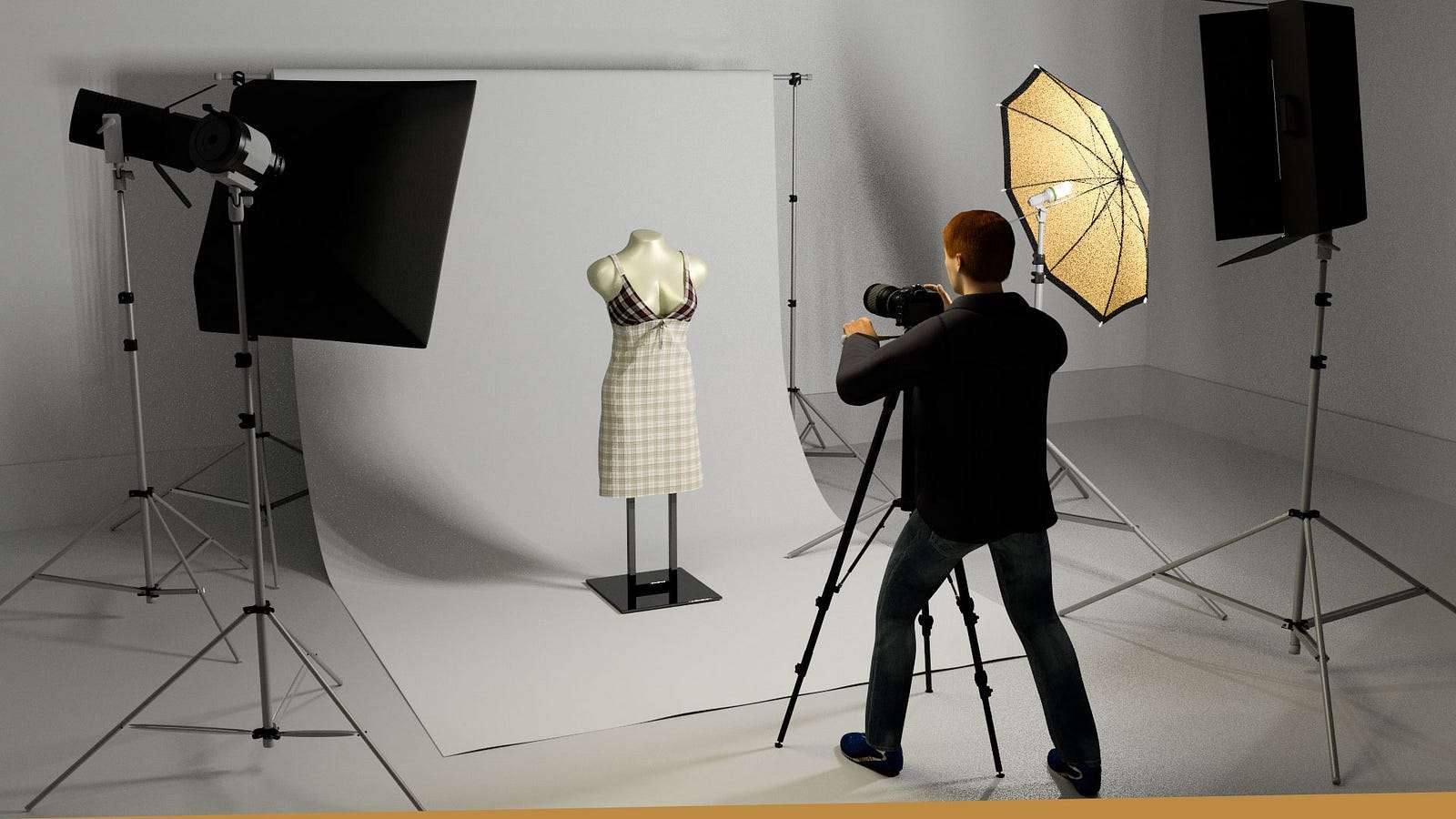
Strobe lighting is when you use powerful flashes that give off a quick burst of light. This setup is great for freezing movement and capturing dynamic poses. It's commonly used in fashion photography and can work well for formal or casual wear, depending on what you want.
4. Three-Point Lighting Technique
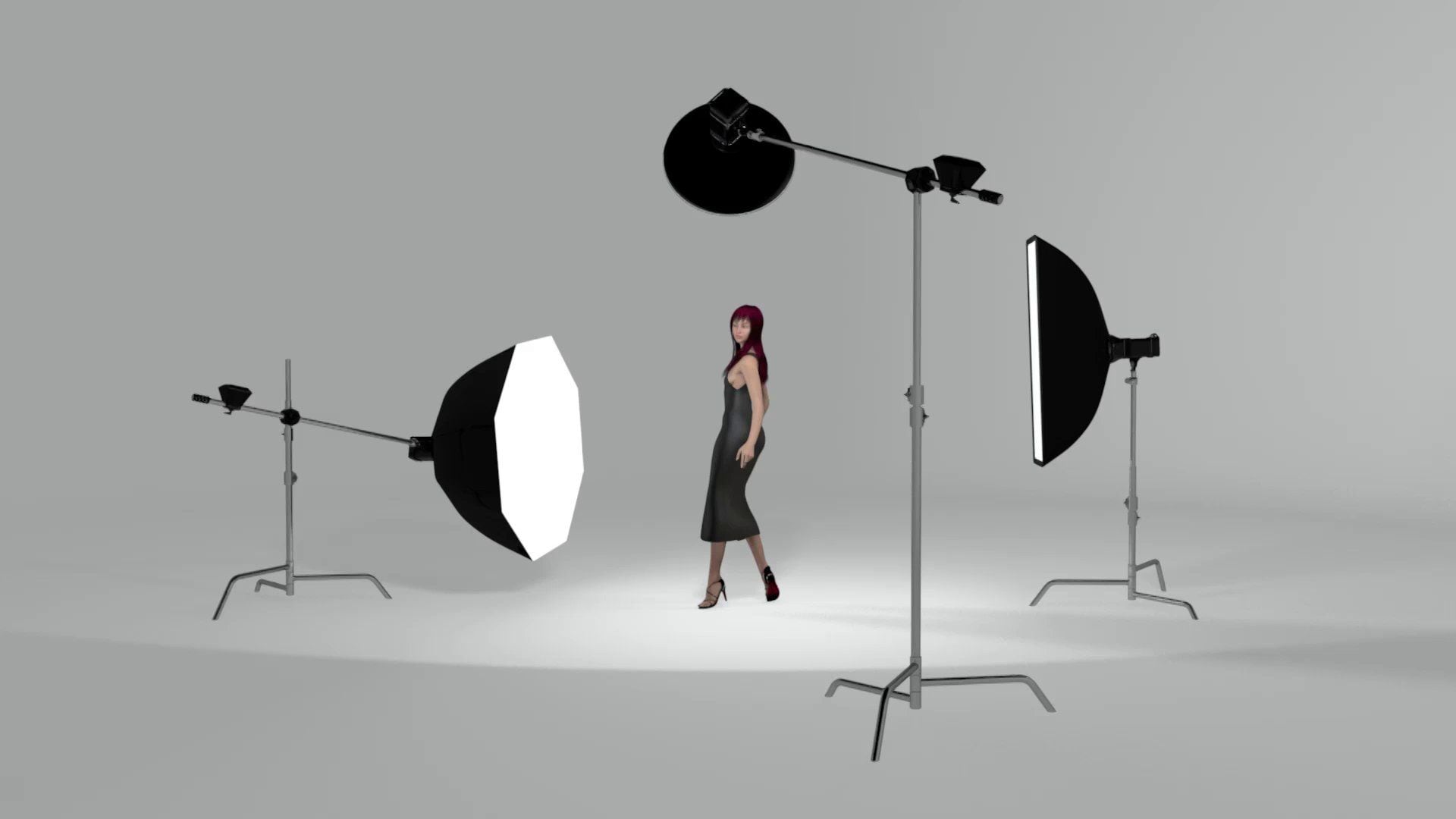
The three-point lighting technique uses three lights: one main light, one fill light, and one backlight. This setup adds depth and highlights the shape and details of the clothes. It's versatile and can be used for different styles, like formal or casual.
Lighting Considerations for Different Clothing Styles
When you take pictures of different clothing styles, there are some things to consider.
You might want a more dramatic lighting setup for fancy clothes like suits or evening gowns. Use lights from a certain direction and make shadows to make the clothes look elegant.
A softer and more natural lighting setup can work well when you take pictures of casual clothes. Use diffused or spread-out lights to show the textures and colors of the clothes. This makes them look relaxed and inviting.
Furthermore, consider using natural lighting techniques if you're shooting fashion pictures outside. Pay attention to the time of day and the direction of the sunlight to get the right mood and show the clothes in the best way.
By choosing the right lighting setup and thinking about the type of clothes you photograph, you can make the clothes look great and show their unique features.
Additional Lighting Tips for Clothing Photography
In addition to the basic lighting setups mentioned earlier, here are some trendy lighting ideas that can elevate your clothing photography:
- Backlighting: Experiment with backlighting to create a halo effect around the edges of the garments. This technique adds depth and drama to your images, making the clothes stand out.
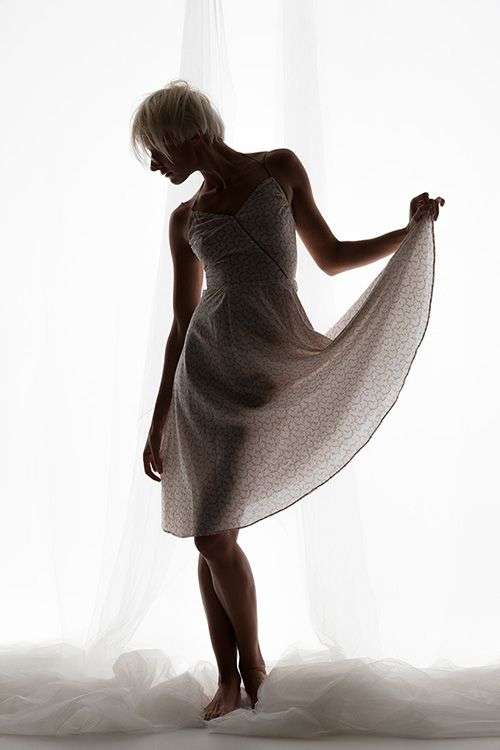
- Rembrandt Lighting: Try using Rembrandt lighting, characterized by a small triangle of light on the subject's cheek opposite the key light. This technique creates a classic and artistic look, perfect for showcasing formal or vintage clothing styles.
- Softbox Lighting: Utilize softbox lighting to achieve soft, diffused light that wraps around the clothes and minimizes harsh shadows. This technique is particularly flattering for capturing fabric textures and details.
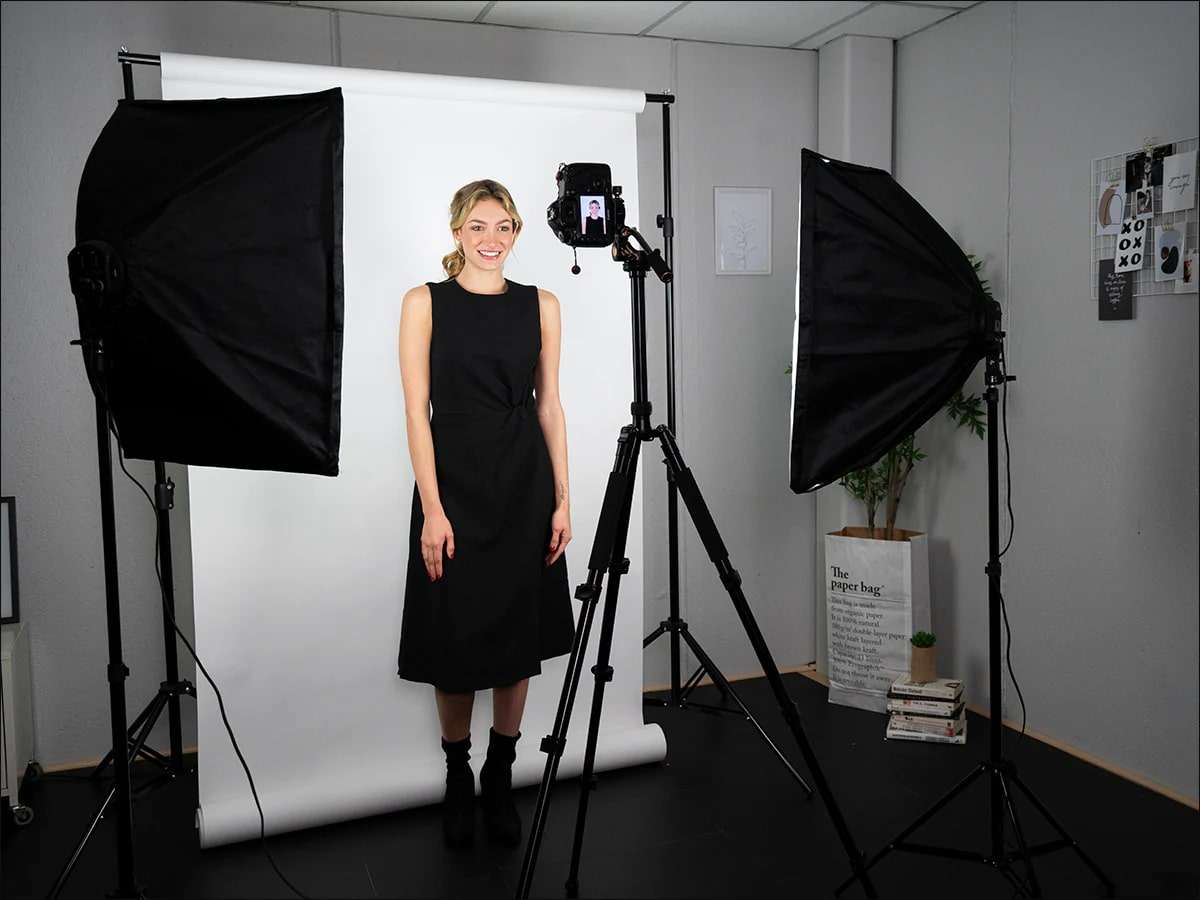
- Rim Lighting: Use rim lighting to highlight the outline of the clothes and create separation from the background. This technique adds a touch of elegance and dimension to your images, especially for capturing flowing or sheer garments.
- Colored Lighting: Experiment with colored gels or LED lights to add a creative and contemporary twist to your clothing photography. Play with different hues to evoke specific moods or complement the color palette of the garments.
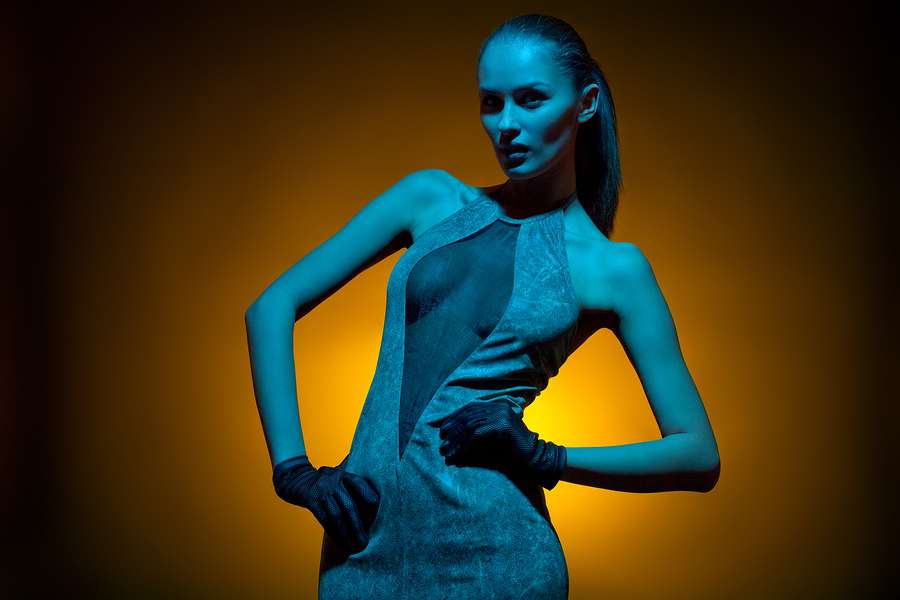
- Light Painting: Explore the artistic technique of light painting by moving a light source around the clothes during a long exposure. This creates unique patterns and trails of light, resulting in dynamic and visually captivating images.
Remember, it's important to balance creativity with showing the clothes accurately. You want to make the clothes look good and catch people's attention while still showing what they look like.
Utilizing AI tools for Advanced Lighting Editing and Refinement
AI tools have transformed how lighting is edited in photography, bringing many advantages. It swiftly analyzes and adjusts photos' lighting, reducing the need for manual editing.
Additionally, AI tools guarantee consistent lighting across multiple images, especially useful for e-commerce product photos that demand accurate and unified presentation. Lastly, these tools provide precision through advanced algorithms that identify and fix problems like overexposure, underexposure, and color imbalances.
One recommended AI product photography tool is Wondershare VirtuLook. This tool offers a range of features and benefits for lighting editing and refinement. With Wondershare VirtuLook, you can quickly generate high-quality pictures. These impressive photos effectively showcase your products, increasing sales and conversions.
By following four easy steps, you can become a photographer and create incredible fashion images:
Step 1. Open the Wondershare VirtuLook website on your browser. Click “Get Started”.
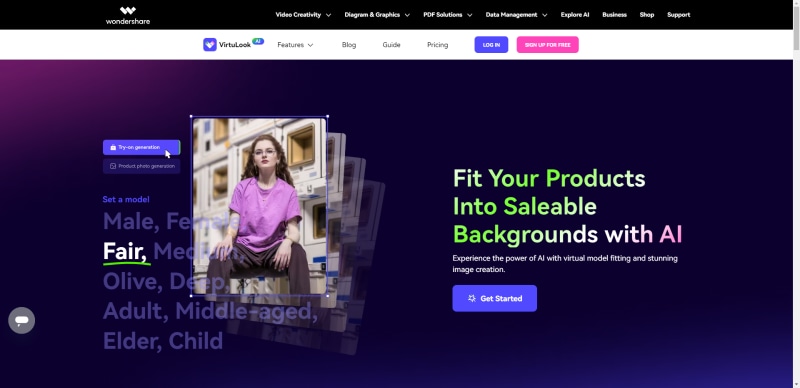
Step 2. Upload your original image and left click on the area of the cloth you wish to keep. (Please note that it is recommended to use the try-on generation function for mannequin images and the product photo generation function for product images). For optimal output images, it is advisable to review the basic requirements for the original photos first.
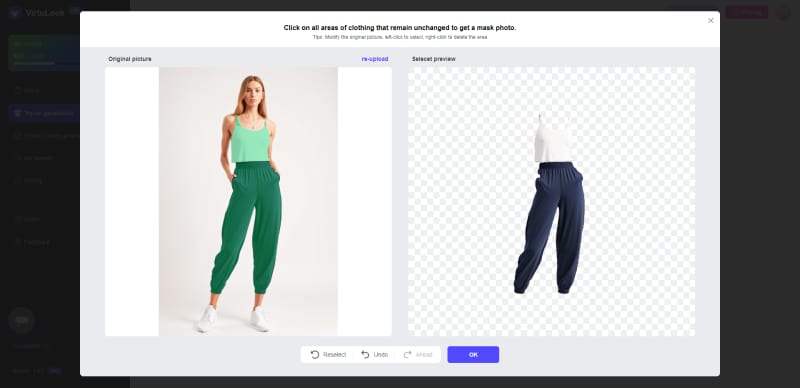
Step 3. Change your background by Using Template/Custom Editing.
Change the style and background by selecting the different template. This option will change the areas of the picture that you don't want to keep to your preferred background.
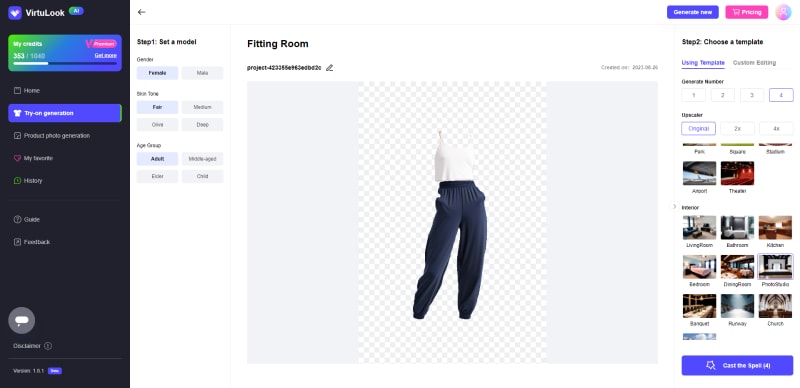
Alternatively, if the template does not currently have the scene you need, you can try using the Custom Editing feature to generate your own customized photo.
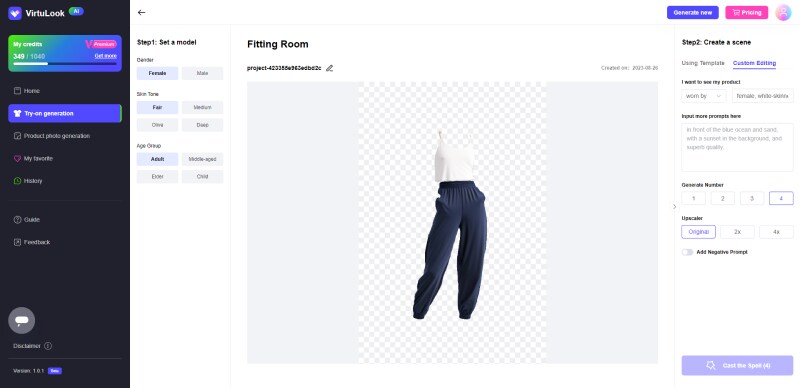
Step 4. Lastly, you can download or bookmark the photos you like. We also appreciate timely feedback from you regarding any issues with image quality or any other concerns you may have.
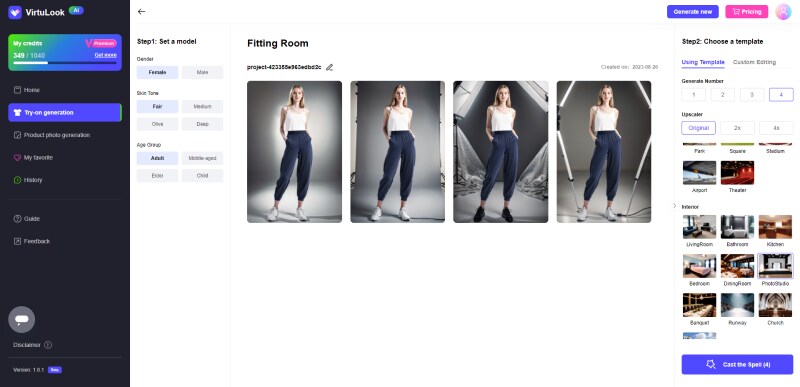
Conclusion
Understanding the importance of lighting in clothing photography is essential for creating captivating and captivating clothing photos that sell. You can produce sellable photos that effectively showcase your clothing brand products by utilizing various lighting setups and different clothing styles. For a more convenient option, an AI product photography tool like Wondershare VirtuLook can automatically help you achieve the desired results within seconds.
